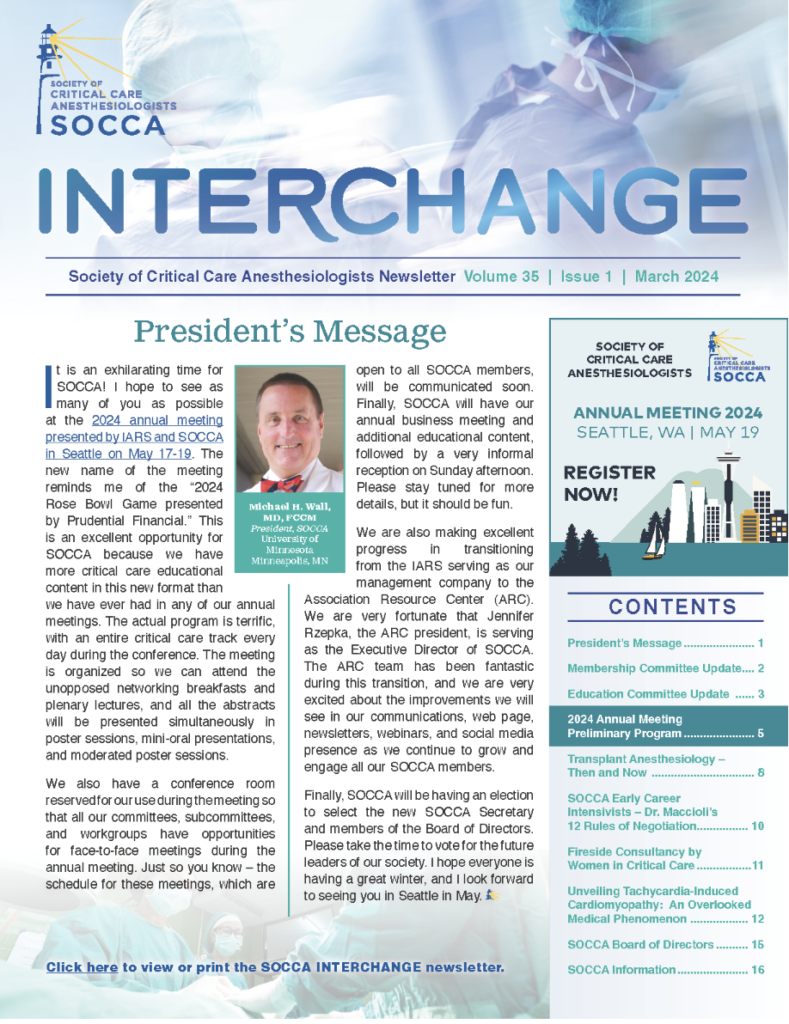Is Hydroxocobalamin the New Vitamin C? A Budding Strategy to Manage Vasodilatory Shock
In recent years, the critical care community has debated the benefits of vitamin C in septic shock. Vitamin C is thought to have antioxidant effects that attenuate tissue injury mediated by inflammation1. A controversial retrospective analysis to evaluate the efficacy of vitamin C demonstrated a major reduction in mortality, AKI, and vasopressor duration2. This fascinating result led to several prospective trials and meta-analyses3, 4. Most recently, a large trial showed that patients in intensive care who received vitamin C therapy had a higher risk of death or persistent organ dysfunction5. With this result, the community has explored alternative therapies to manage septic shock. Vitamin B12, hydroxocobalamin, may be the next in line for evaluation, scrutiny, and debate.
High-dose hydroxocobalamin (vitamin B12) is gaining traction as a potential new approach to reduce the need for conventional vasopressors including catecholamines, vasopressin, and angiotensin II. The drug was originally marketed with an FDA approval for cyanide toxicity6. In its original approval, the side effect profile included hypertension. With some understanding of the chemical structure of hydroxocobalamin, the mechanism of hypertension is well understood.
The prefix ‘hydroxo’ in hydroxocobalamin refers to a hydroxyl group (-OH) that is bounded to a central cobalt. In treating cyanide poisoning, this hydroxyl group is easily displaced by toxic cyanide (CN-) yielding cyanocobalamin, a benign compound that is renally excreted7. It turns out that this same hydroxyl group can also be displaced by nitric oxide (NO-) in the blood stream to yield nitrosylcobalamin. Interestingly, nitrosylcobalamin holds tightly onto nitric oxide, inhibiting nitric oxide’s vasodilatory effects and increasing systemic blood pressure7. In addition, the nitrosylcobalamin metabolite itself has anti-inflammatory properties including inhibition of NF-κB and hydrogen sulfide8.
In a significant vasodilatory state such as sepsis, inducible nitric oxide synthase (iNOS) expression, the precursor catalyst of nitric oxide, is increased up to one-thousand fold8. Thus, hydroxocobalamin acts as a nitric oxide scavenger to limit the significant dysregulated release of nitric oxide seen in severe sepsis. With a promising mechanistic approach, hydroxocobalamin may be a budding strategy to manage refractory vasoreactivity and uncontrolled inflammation that accompanies septic shock; the clinical literature on this is still growing.
Small retrospective studies in sepsis, cardiac surgery, and liver transplant have demonstrated that hydroxocobalamin improves hemodynamics and attenuates vasopressors9. A recent phase II randomized controlled trial showed an improvement in the hemodynamics of patients with septic shock randomized to hydroxocobalamin compared to placebo10. Specifically, this feasibility trial revealed a 36% reduction in vasopressor need from time of randomization to post-infusion. Arguably more importantly, this study indicated no difference in adverse outcomes with the study drug.
This finding is in the context of one large multi-center randomized controlled trial that showed increased mortality in patients with sepsis treated with a nitric oxide synthase inhibitor11. This occurred in the setting of persistently increasing systemic vascular resistance and a measured reduction in cardiac output. Hence, simply improving systemic vascular resistance and blood pressure may be clinically deleterious. Aside from this mechanistic risk, hydroxocobalamin is associated with other adverse effects such as calcium oxalate crystal formation in the urine and red discoloration of the skin, urine, and body fluids which can affect hemodialysis machine alarms12.
Studies have yet to show differences in oxygen delivery or improved outcomes from perfusion-related complications such as stroke, myocardial infarction, acute kidney injury, or death. Future larger randomized controlled trials should seek to answer these questions. In addition, optimal dosing, length of infusion to match the time course of vasodilatory dysregulation, and identification of biomarkers to establish the best responders to therapy are areas of unique exploration. Lastly, there are clear mechanistic immunomodulating effects of vitamin B12 which could be clinically meaningful.
Much like the historical excitement the early vitamin C data showed, we have entered a new exciting era for evaluation of vitamin B12. We should move forward with lessons learned from the vitamin C story: to proceed with caution, investigate this therapy with rigorous scrutiny, and understand that its promising mechanisms to treat sepsis may or may not come to fruition.
References
[1] Amrein, K., et al (2018). Vitamin therapy in critically ill patients: focus on thiamine, vitamin C, and vitamin D. Intensive care medicine, 44(11), 1940–1944. [2] Marik, P. E., et al (2017). Hydrocortisone, Vitamin C, and Thiamine for the Treatment of Severe Sepsis and Septic Shock: A Retrospective Before-After Study. Chest, 151(6), 1229–1238. [3] Fujii, T., et al (2022). Effect of adjunctive vitamin C, glucocorticoids, and vitamin B1 on longer-term mortality in adults with sepsis or septic shock: a systematic review and a component network meta-analysis. Intensive care medicine, 48(1), 16–24. [4] Sevransky, J., VICTAS Investigators (2021). Effect of Vitamin C, Thiamine, and Hydrocortisone on Ventilator- and Vasopressor-Free Days in Patients With Sepsis: The VICTAS Randomized Clinical Trial. JAMA, 325(8), 742–750. [5] Lamontagne, F. LOVIT Investigators and the Canadian Critical Care Trials Group (2022). Intravenous Vitamin C in Adults with Sepsis in the Intensive Care Unit. The New England journal of medicine, 386(25), 2387–2398. [6]CyanoKit, Hydroxocobalamin: FDA approval https://www.accessdata.fda.gov/drugsatfda_docs/nda/2006/022041_cyanokit_toc.cfm [7] Charles, F., et al (2019). Vitamin B12 for the treatment of vasoplegia in cardiac surgery and liver transplantation: a narrative review of cases and potential biochemical mechanisms. Canadian journal of anaesthesia 66(12), 1501–1513. [8] Levy, B., et. al (2018). Vasoplegia treatments: the past, the present, and the future. Critical care (London, England), 22(1), 52. [9] Brokmeier, H. et al (2023). Hydroxocobalamin for Vasodilatory Hypotension in Shock: A Systematic Review With Meta-Analysis for Comparison to Methylene Blue. Journal of cardiothoracic and vascular anesthesia, S1053-0770(23)00241-0. [10] Patel, J. J., et al (2023). High-Dose IV Hydroxocobalamin (Vitamin B12) in Septic Shock: A Double-Blind, Allocation-Concealed, Placebo-Controlled Single-Center Pilot Randomized Controlled Trial (The Intravenous Hydroxocobalamin in Septic Shock Trial). Chest, 163(2), 303–312. [11] Muellejans, B., et al (2004). Remifentanil versus fentanyl for analgesia based sedation to provide patient comfort in the intensive care unit: a randomized, double-blind controlled trial. Critical care (London, England), 8(1), R1–R11. [12] Seelhammer, T. G., et al (2019). Elevated Serum Cobalt Concentrations Associated With Hydroxocobalamin Administration for Refractory Vasoplegia. Journal of cardiothoracic and vascular anesthesia, 33(12), 3402–3405.




































